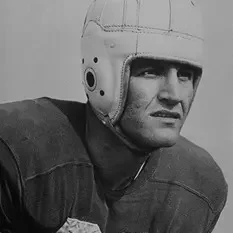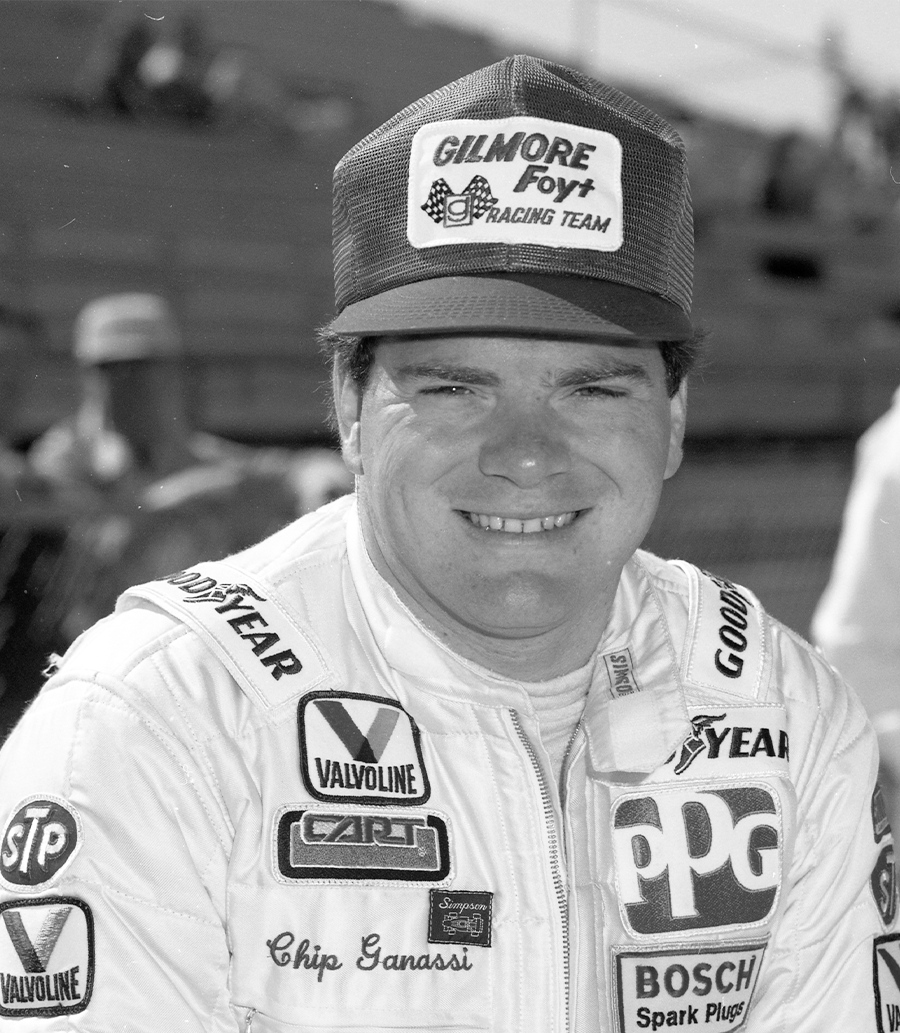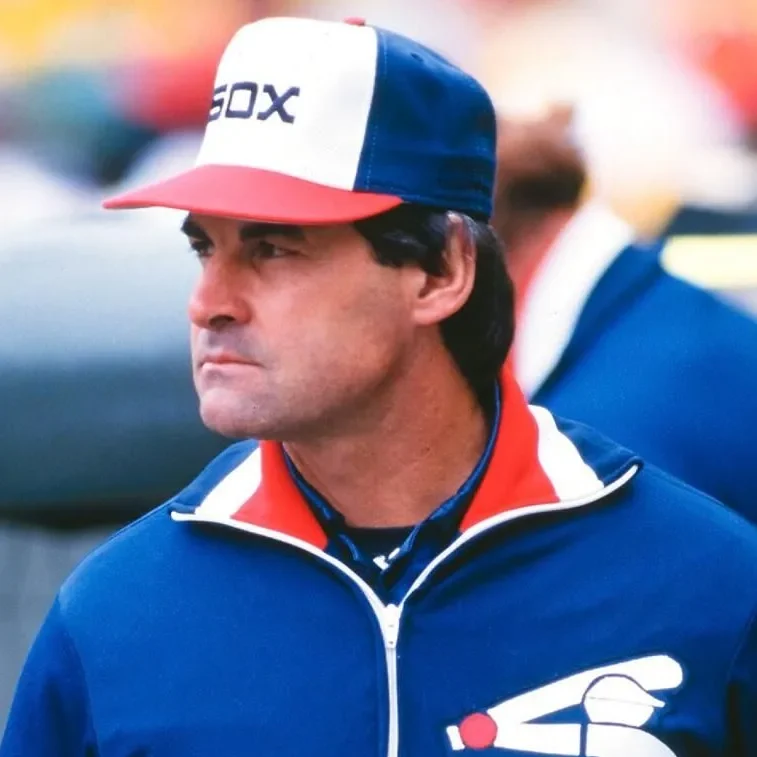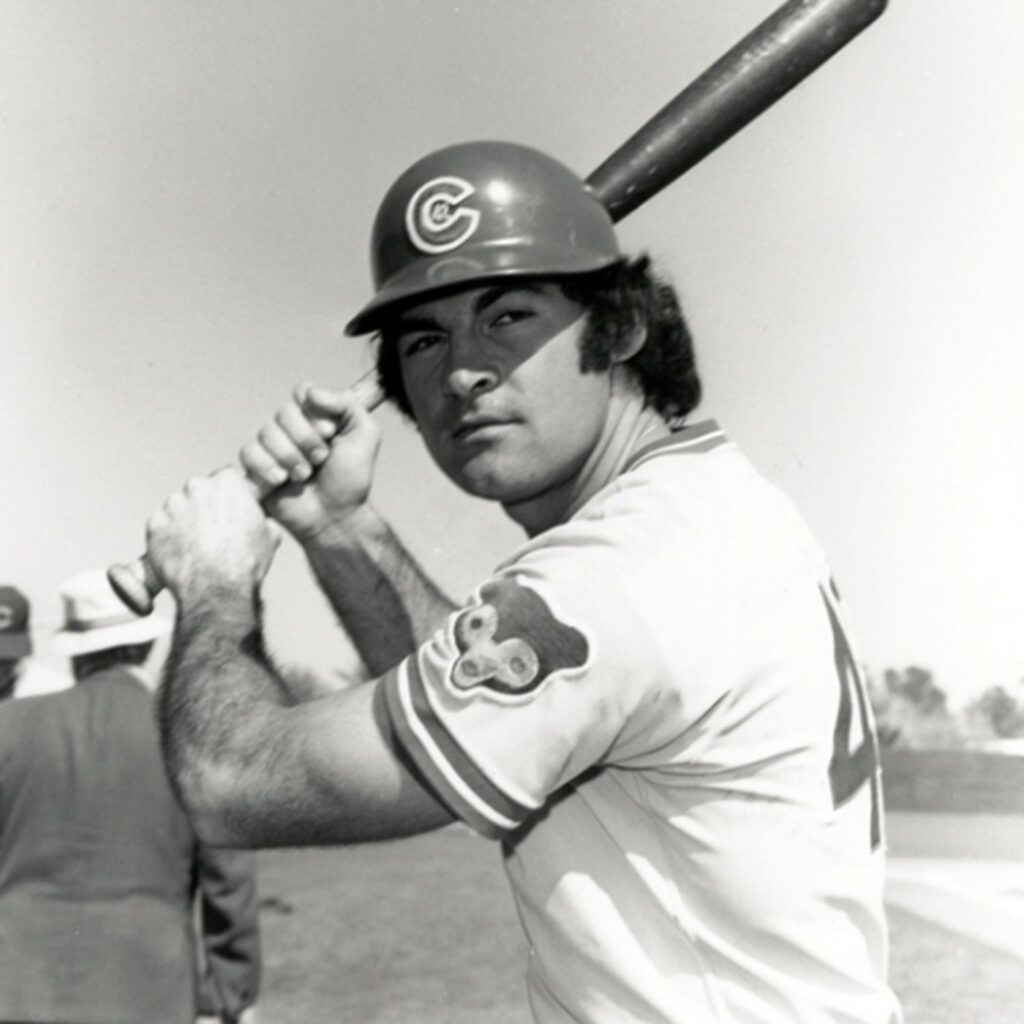
Gary Beban
Football
Gary Beban, known as “The Great One,” led UCLA to its first Heisman Trophy in 1967 while also guiding the Bruins to a 7-2-1 record and a No. 10 national ranking. Beban’s dynamic play as both a passer and a runner helped establish him as one of the most accomplished players in college football. Over the course of his college career, he threw for 4,070 yards and rushed for 1,280 yards, scoring 35 total touchdowns.
Beban’s college career began at Sequoia High School in Redwood City, California, where he earned all-league honors as a tailback. He went on to star at UCLA, where in his sophomore year (1965), he passed for 1,483 yards and nine touchdowns, while rushing for 590 yards and 14 scores. This performance helped lead the Bruins to an 8-2-1 record and a Rose Bowl victory over Michigan State. As a junior in 1966, Beban threw for 1,245 yards and six touchdowns, rushing for 454 yards and 10 touchdowns, while finishing fourth in the Heisman voting.
In his senior year (1967), Beban continued his remarkable play, leading UCLA to a 7-0-1 record and a No. 2 national ranking. He threw for 1,359 yards and eight touchdowns, rushing for 227 yards and 11 touchdowns. Despite a close loss to USC, Beban won the Heisman Trophy over O.J. Simpson, cementing his place in college football history. Over his three-year career at UCLA, Beban led the Bruins to 23 wins, five losses, and two ties, and became known for his versatility and leadership.
Beban was selected by the Los Angeles Rams in the second round of the 1968 NFL Draft but was later traded to the Washington Redskins, where he played for a few years. After his playing career, Beban transitioned into the real estate industry, ultimately becoming the President of CB Richard Ellis (CBRE) from 1987 to 1998. He retired in 2008 but remained active as an advisor and client account manager for the company. Beban was inducted into the National Football Foundation and College Football Hall of Fame in 1988.

Chip Ganassi
Motorsports
Chip Ganassi, inducted into the Hall of Fame in 2016, is one of the most successful and influential figures in motorsport. As a car owner, Ganassi has achieved an impressive record of over 170 race wins and 18 championships across various racing series. His accomplishments include four wins at the Indianapolis 500, six overall victories at the Rolex 24 at Daytona, and victories in iconic events such as the Daytona 500, Brickyard 400, and Mobil 1 Twelve Hours of Sebring. Notably, in 2010, Ganassi made history by winning the trifecta with victories in the Daytona 500, the Indy 500, and the Brickyard 400.
Ganassi’s career began as a promising driver before an Indycar crash redirected his path toward team ownership. Since then, he has built a racing empire, fielding 14 cars for 18 drivers in six different professional series. His business philosophy is grounded in four cornerstones: integrity, innovation, partnership, and performance. These principles have shaped Ganassi Racing into a powerhouse in both Indycar and sports car racing, attracting top talent and forming valuable partnerships, such as his long-time relationship with sponsor Target and his current partnership with Ford.
Under Ganassi’s leadership, his teams have achieved remarkable success. He has won multiple Indycar championships with drivers like Jimmy Vasser, Alex Zanardi, Juan Pablo Montoya, Scott Dixon, and Dario Franchitti. His drivers have also won the Indy 500, with victories from Montoya, Dixon, and Franchitti. In sports car racing, his teams have secured championships with drivers like Scott Pruett, Memo Rojas, and Max Papis, while his stock car teams have won prestigious races such as the Daytona 500 and the Brickyard 400 with Jamie McMurray.
Ganassi’s success is driven by his relentless pursuit of excellence, always looking forward and embracing new challenges. His leadership style is focused on empowering his team and providing them with the tools needed to win. With a focus on continual growth, Ganassi’s current partnership with Ford is taking the automaker back to Le Mans, celebrating the 50th anniversary of its 1966 victory. Ganassi’s legacy is built not just on his race wins, but on his ability to adapt, innovate, and inspire in the ever-evolving world of motorsport.

Tony La Russa
Baseball
Tony La Russa’s career has spanned over 58 years. In that time, he’s made a name for himself as both a player and as the 2nd winningest manager in MLB history, only behind Connie Mack. La Russa joined the league as a middle infielder for the Oakland Athletics, where he played for 5 years before moving onto the Atlanta Braves and finally retiring as a player with the Chicago Cubs in 1973.
After retiring, he would go on to earn a degree in law at Florida State University. La Russa wouldn’t be away from the game of baseball for long. In 1979, La Russa was appointed as the manager of the Chicago White Sox where at the age of just 34, he became the youngest manager in MLB History and earned a Manager of the Year distinction in 1983. After his stint with the White Sox, La Russa would return to his old team, Oakland, managing the A’s to three consecutive American League Pennants and World Series appearances from 1988 to 1990 including a World Series victory in 1989 and two more Manager of the Year awards during his time with the team.
In 1996, La Russa would make the move to St. Louis, managing the Cardinals until 2011. In St. Louis, La Russa racked up 8 National League Central Division Titles, 2 World Series championships, and another Manager of the Year Award. La Russa is the first person to win Manager of the Year four times, and the first to win a world series in both the American and National League. La Russa would retire with the Cardinals in 2011 and enter Cooperstown in 2014.
It was announced in 2020, La Russa would return to baseball and the Chicago White Sox leading the team to clinch the AL Central and secure their second playoff berth in as many years. Tony’s never give up attitude coupled with the pride enjoyed by the fans because of his leadership with his teams mirrors that of NIASHF Founder George Randazzo.








